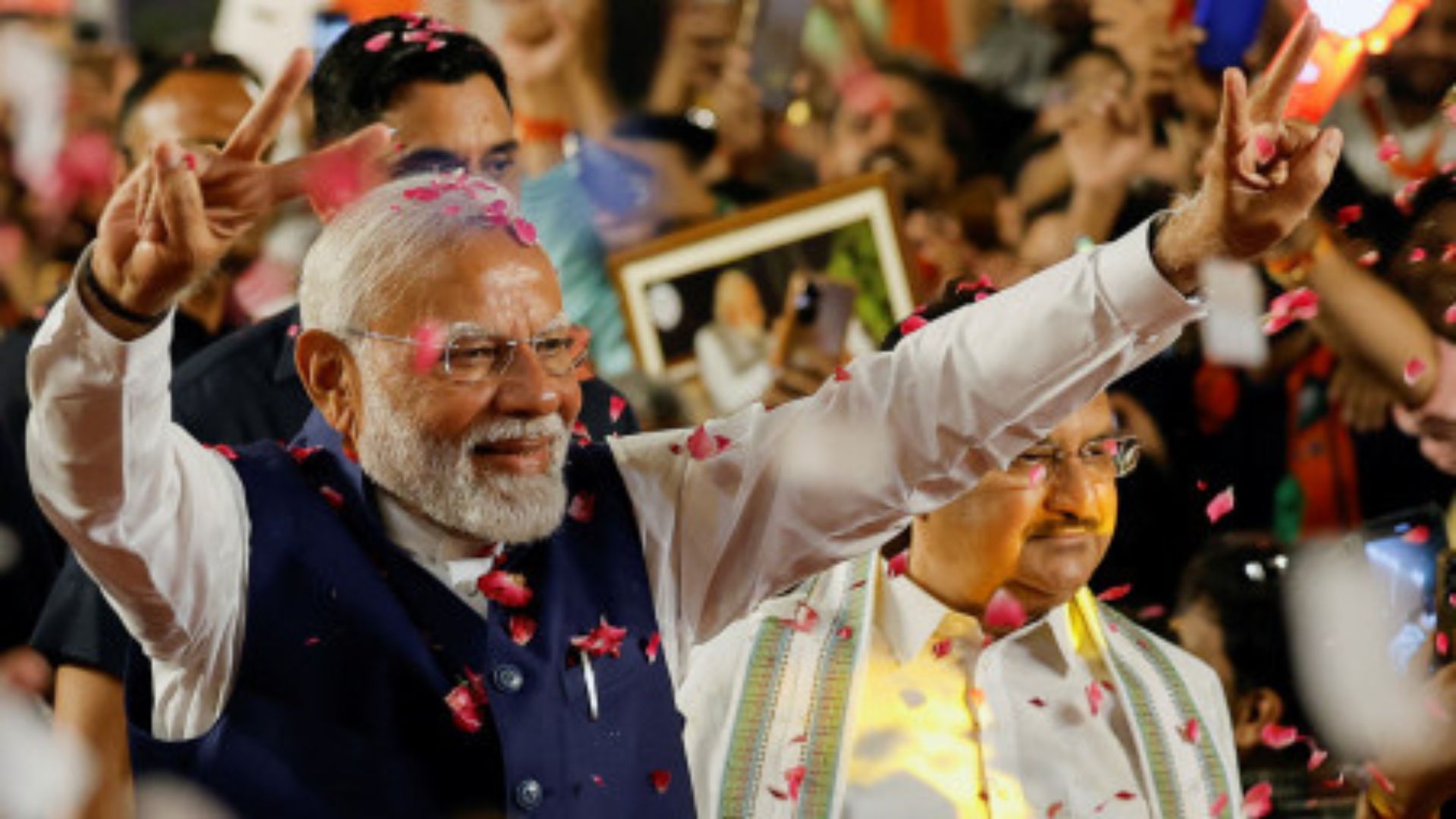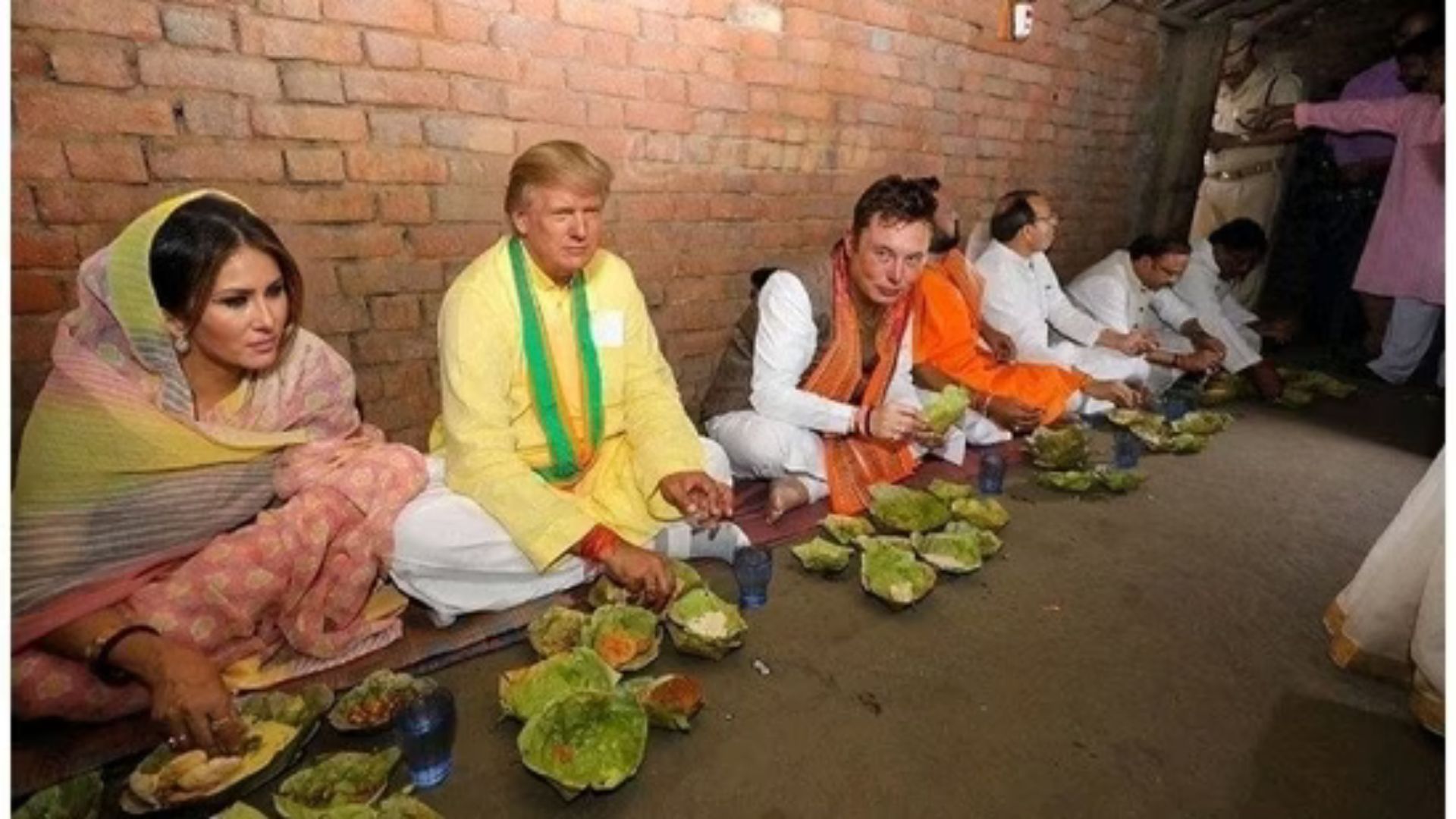
The Bharatiya Janata Party (BJP)-led National Democratic Alliance (NDA) secured a majority in the general elections, granting Prime Minister Narendra Modi a third term. This win suggests policy continuity, especially in infrastructure development and promoting domestic manufacturing, which are expected to sustain strong economic growth. However, the NDA’s narrow margin and the BJP’s loss of an outright majority in parliament may slow down significant economic and fiscal reforms, potentially affecting fiscal consolidation efforts.
In fiscal 2023-24, India’s real GDP growth accelerated to 8.2% from 7.0% the previous year, largely driven by gains in gross fixed capital formation due to the government’s infrastructure initiatives, while private consumption remained subdued. Moody’s forecasts India’s economic strength to persist, with projected real GDP growth of around 7% from fiscal 2023-24 to 2025-26, bolstered by ongoing infrastructure and digitalization efforts.
Despite this positive outlook, structural weaknesses pose risks to long-term growth potential. High youth unemployment and low productivity growth in the agriculture sector limit economic expansion. Political challenges have hindered the modernization of agriculture, as seen in the repeal of key reforms in 2021 following widespread farmer protests. Additionally, manufacturing gains have been uneven, restricting labor force diversification away from agriculture, which still employs 40% of the workforce.
Foreign direct investment (FDI) inflows have declined over the past three years despite a favorable geopolitical climate amid US-China tensions. This trend suggests persistent challenges within India’s investment environment. Addressing these issues requires further structural reforms and enhanced implementation of existing initiatives, such as production-linked incentive schemes, calibrated liberalization of cross-border trade, and reconsideration of labor reforms.
The government is expected to continue its focus on fiscal consolidation, although significant improvements in debt ratios and interest servicing remain elusive. Since fiscal 2020-21, the central government’s deficit has likely narrowed for three consecutive years. The interim budget for fiscal 2024-25 projects a deficit of around 5% of GDP, aiming for a 4.5% deficit by fiscal 2025-26. However, India’s post-pandemic fiscal consolidation has not outpaced other emerging markets in Asia-Pacific, and its fiscal and debt metrics remain weaker than those of Indonesia, the Philippines, Thailand, and other Baa-rated peers globally.
India’s general government debt is projected to stabilize above 80% of GDP over the next three years, compared to 70.5% in fiscal 2018-19. General government interest payments are forecast to fall to around 24% of general government revenue over the next two years, down from over 28% in fiscal 2020-21, but still higher than the pre-pandemic ratio of less than 23%. While increased budgetary allocations for infrastructure indicate an improvement in spending quality, debt servicing remains a significant portion of expenditure, reflecting ongoing constraints on fiscal flexibility.
The incoming government needs to balance fiscal consolidation with growth-supportive measures. The final budget for the fiscal year ending March 2025 will provide further insights into India’s fiscal policy direction through 2029. As the Modi administration embarks on its third term, the focus will likely remain on sustaining economic growth while addressing the persistent fiscal challenges that hinder India’s long-term economic potential.















